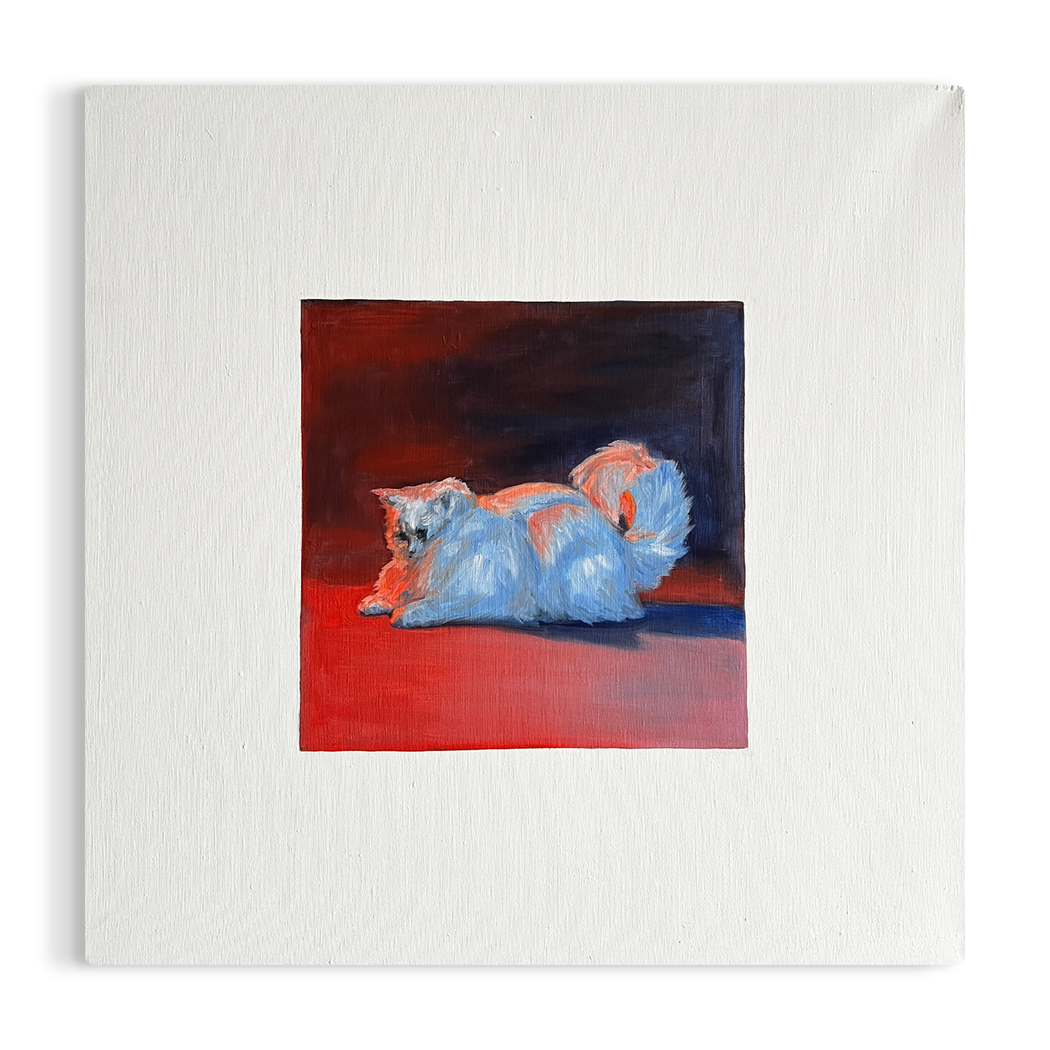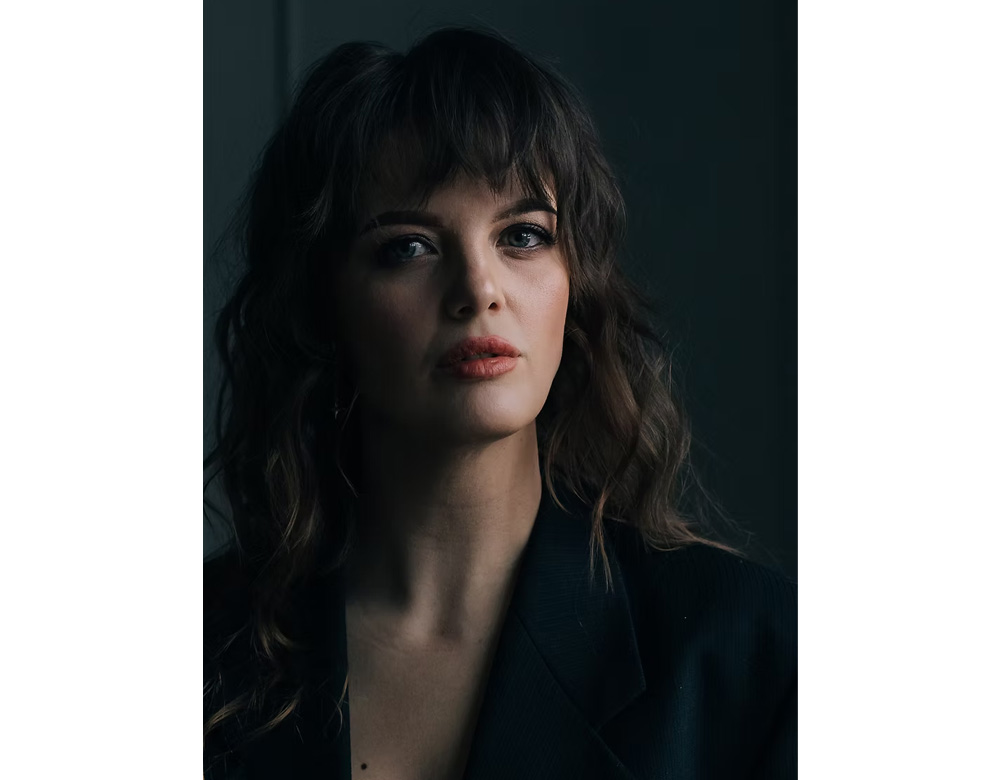VICTO
Year of birth: 1990.
Where do you live: New York.
Your education: self-taught artist.
Describe your art in three words: Emotional. Minimalist. Contemplative.
Your discipline: Abstract oil painting with elements of realism, experiments with collage techniques, and breaking beyond the boundaries of the traditional canvas.
Website | Instagram
Your works focus on revealing the beauty in the ordinary. How do you decide which moments or objects deserve to be immortalized in your art?
I don’t think of objects or moments as “deserving” to be immortalized—I believe beauty exists everywhere, and it’s a matter of learning to see it. For me, it’s about paying attention to overlooked details: the way light falls on a mundane object, the texture of a tree root, or the rhythm in something seemingly static. These moments speak to me, and I feel compelled to translate their essence into my art.
In your work, the connection between perception and beauty is central. How do you hope your audience will engage with the act of perception when viewing your pieces?
I hope my audience slows down. We’re often rushing through life, missing the nuances around us. My art is an invitation to pause and really see—to question what they perceive and reflect on their own way of experiencing the world. If they notice something they never would have otherwise, I’ve succeeded.
Could you elaborate on how David Hume’s philosophy on beauty shapes your creative process? How do you incorporate his ideas into your artistic practice?
David Hume’s idea that beauty is a product of human consciousness resonates deeply with me. It reminds me that beauty isn’t an inherent property of an object; it’s in the way we perceive and experience it. In my practice, I focus on creating works that challenge the viewer to reframe their understanding of beauty—whether it’s through a minimalist composition or the subtle complexity of textures. It’s a way of encouraging mindfulness and a deeper connection to their own perception.
 VICTO | Dynamic Cat Artwork | 2024
VICTO | Dynamic Cat Artwork | 2024
Minimalism plays a significant role in your art. How do you approach the challenge of conveying complex ideas through such a pared-down aesthetic?
Minimalism allows me to strip away distractions and get to the core of an idea or emotion. The challenge is in ensuring that the simplicity doesn’t feel empty but instead resonates with depth. I achieve this by focusing on the tactile and sensory qualities of my materials, letting the smallest details carry meaning. It’s a dialogue between what’s visible and what’s felt.
Your travel experiences seem to deeply influence your work. How has living in different places, especially London and New York, shaped your artistic perspective?
Traveling has taught me to see the world through multiple lenses. London gave me an appreciation for the coexistence of history and modernity, while New York amplified my understanding of energy and resilience. Each place leaves an imprint—not just on my art but on how I approach life. These shifts in perspective have made my work more dynamic and layered, reflecting a broader understanding of the human experience.
The simplicity of your works might seem straightforward at first glance, but they hold profound depth. How do you ensure that the viewer experiences this complexity?
It’s all in the layers—both physical and conceptual. While the compositions may seem simple, I embed textures, colors, and forms that invite closer inspection. I think of my art as a conversation: at first glance, it may seem quiet, but as you spend time with it, you start to hear its whispers. This depth often comes from my own process of emotional and philosophical exploration while creating.
 VICTO | Fluffy Comfort in Soft Light | 2024
VICTO | Fluffy Comfort in Soft Light | 2024
Your recent involvement in Miami Art Week and the Woman; Balancing Our World project at the MoRA Museum indicates a growing recognition of your work. How do you see your role within the art world evolving in the coming years?
These opportunities have been incredible milestones, but they’ve also reaffirmed my commitment to using art as a medium for connection and dialogue. In the coming years, I hope to continue pushing boundaries—experimenting with new techniques and ideas—while also fostering a sense of community through my gallery. I want to be both an artist and a facilitator, helping others find their voice and audience.
With the opening of your own art gallery, what do you hope to offer the art community and viewers who visit your space?
My gallery, Artseeker, is a space for discovery and connection. I want it to be a home for underrepresented voices, especially women artists, and a platform for fresh perspectives. Beyond exhibitions, I hope it becomes a hub for dialogue—through workshops, collaborations, and events—where artists and viewers alike feel inspired to engage with art in transformative ways.


Leave a Reply